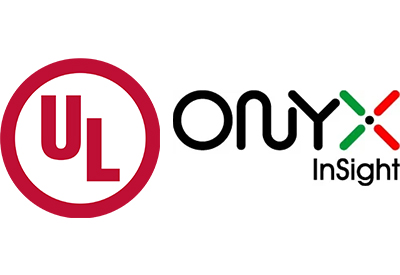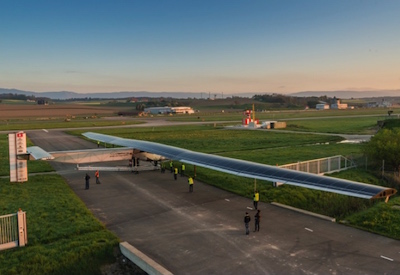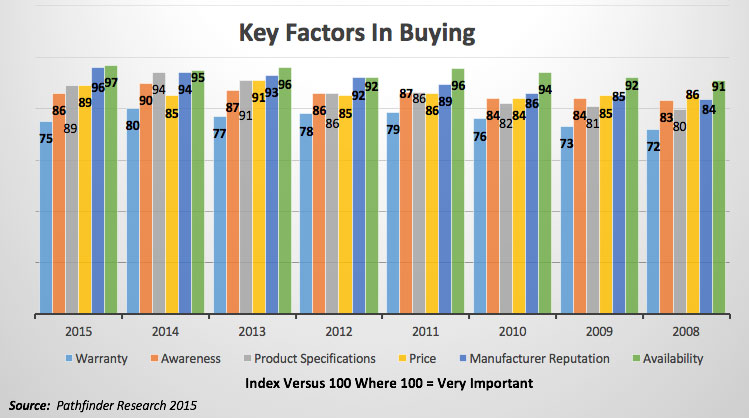Whitepaper: Are Smart Buildings Also Healthy Buildings? – How Human-Centric Design Is Improving Well-Being in Commercial Buildings

September 24, 2020
When buildings get smarter, cities get smarter. At least that is the premise of smart city leaders and building developers. Innovative developers construct smart buildings so that systems are integrated and connected. Smart building design – based on IoT connectivity, sensor platforms, network technology and cloud computing – render buildings more intelligent and sustainable and contribute to the appeal of smart cities. What about the well-being of a building’s occupants? Does a smarter building automatically deliver a higher level of well-being?
Employee well-being is a key factor in promoting job performance, personal health, productivity and creative thinking while alleviating absenteeism and presenteeism. These are among the findings of research on how buildings affect the people who work in them. Because labour costs can reach an estimated 70 per cent of total business costs – and executives are increasingly concerned about attracting, engaging and retaining top talent – it makes sense for organisations to be concerned about well-being. Smart buildings designed with people in mind are essential to create the conditions for employee well-being.
How to ensure a building contributes to well-being is a challenge for architects, designers, real estate developers and building owners – and for smart city leaders striving to improve the quality of urban life and health.
Read this white paper, co-created by Signify and Smart Cities World, to discover how trends in smart buildings and innovative lighting solutions can make buildings healthier and improve employee well-being.
Submit a form to download the whitepaper HERE.










![Guide to the Canadian Electrical Code, Part 1[i], 26th Edition – A Road Map: Section 10 – Grounding and Bonding](https://electricalindustry.ca/wp-content/uploads/2022/11/Guide-CE-Code-2.png)





